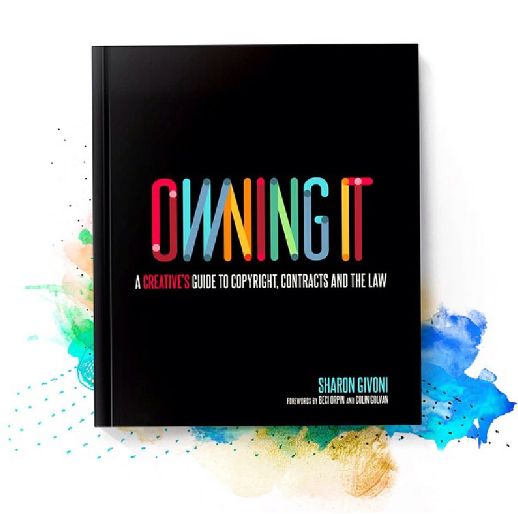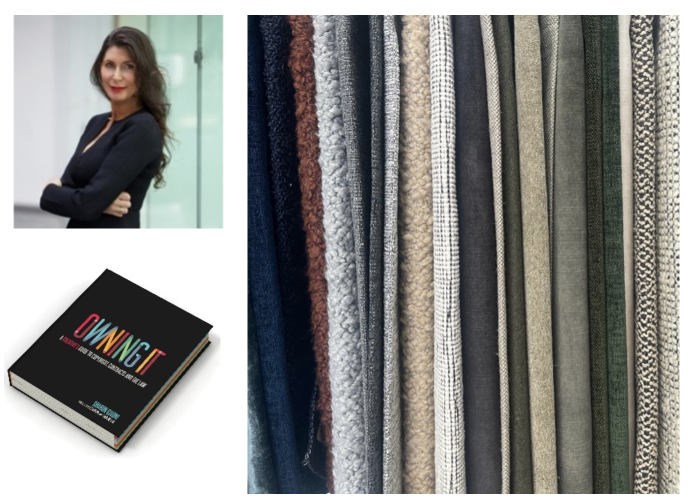

Businesses come up with unique designs all the time, and the window and door industry is no exception. After all, they determine the natural sunlight and ventilation, not to mention the character and style of a dwelling. Now, in light of updates to IP protection provisions, intellectual property lawyer Sharon Givoni explains how businesses can protect their ideas.
Being so crucial to the comfort and feel of a home, the industry has seen many interesting designs, such as unique awnings with canopy supports and cellular window shades.
However, the million-dollar question is – how do you protect your own unique designs and prevent competitors from, pardon the pun, pouncing on the window of opportunity to copy you?

The problem is that clients often come to us too late – their design, including those that prove to be wildly successful, have been released into the market and awoken the internet’s copying machine. Without a proactive protection strategy in place, however, our hands are frequently tied.
The good news is that there has been a change in the designs law, and what we’re seeing now is that clients are coming to us to take advantage of this new protection opportunity. They can release their designs, see what’s popular and what’s not, and base their registrations on the successful products.
This article takes you a wander around what’s really happening in the industry.
What can I protect as a design?
Generally speaking, design registrations protect the appearance of your product, and not is function. However, just because an aesthetic feature also serves a functional purpose does not necessarily mean it cannot be protected. For example, a unique decorative curtain tie back can be registered as a design. The idea is that it needs to be truly new and never done before.
IP Australia must first examine your application to determine if your design is actually registrable. Registrability mainly turns on whether your design is new and distinctive compared to window and door designs that are used publicly.
OK, so what does a design registration give me?
A successful registration means that you have exclusive rights over your window or door design for five years, with the option of renewing the registration for a further five years.
This exclusivity includes the right to use, sell as well as licence the design.
You can also enforce your rights against competitors who are infringing your window or door design. However, in order to take such action, your design must first be examined and certified by the Registrar.
Can I copy a design from overseas in Australia?
The short answer is – no.
Firstly, when applying for a design registration in Australia, designs published outside of Australia are considered in determining whether your design is new and distinctive.
Furthermore, some designs overseas may be protected internationally, including in Australia, and if you are selling or distributing your window or door design to a country in which that design is registered, they may be able to bring action against you.
Can I register a pattern as a design?
Generally speaking, a pattern can be protected by copyright as an artistic work of craftmanship, which attaches automatically and does not require a registration.
However, copyright is lost as soon as that “artistic work” is industrially applied, such as mechanical weaving of or printing of a pattern onto a curtain swag.
It is therefore important for window and door designers to consider design registration, especially if it is a unique design, to protect against copycats.
How else can I protect my business?
However, if your business manufactures more standard windows and door designs, there are other ways you can differentiate and protect your business, such as by protecting your logo, name and other branding elements as a trade mark.
The main requirement is that your trade mark is distinctive rather than descriptive, such that is used to distinguish you and your goods from your competitors.
How we can help you
Design law can be a complicated area of law – and can be incredibly overwhelming for businesses to navigate.
Our team has the technical expertise (and plain English approach) to guide you through strategies to protect your intellectual property in a practical way, including:
•General advice about design registration, infringement and protection strategies;
•Design clearance advice;
•Protection strategies for your two dimensional curtain designs;
•Trade mark clearance advice, registration and hygienic use; and many more.
Contact us at [email protected] if you need legal advice about your copyright, design or trade mark matter.
DISCLAIMER: Please note the above article is general in nature and does not constitute legal advice.
Article by Sharon Givoni, Principal Solicitor
Sharon Givoni Consulting
www.sharon.givoni.com.au
www.owningit.com.au